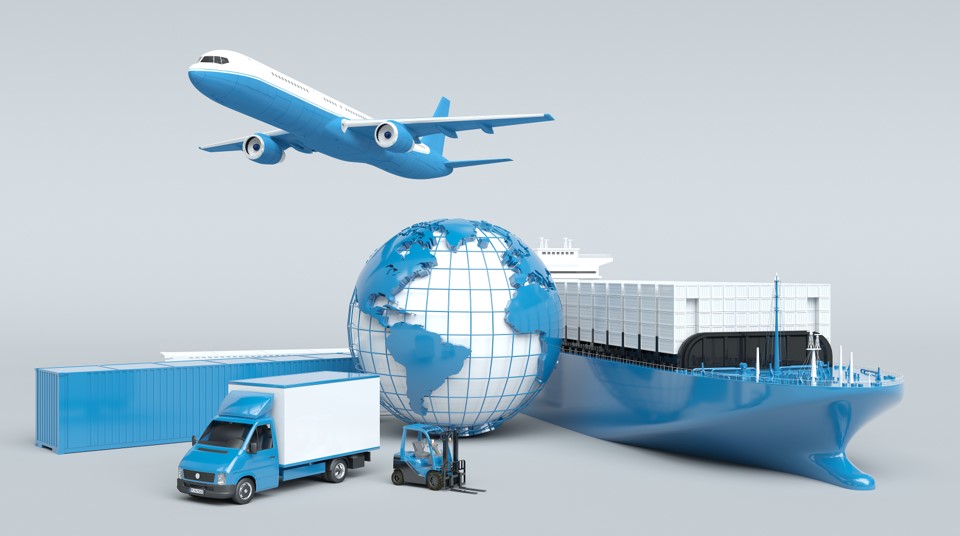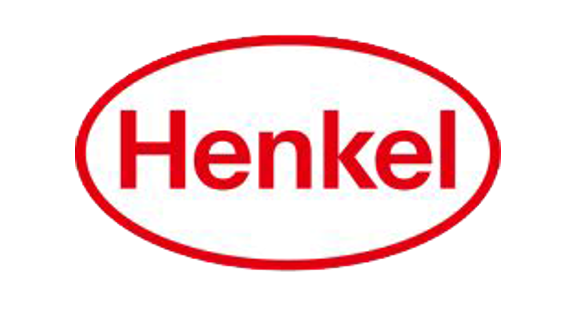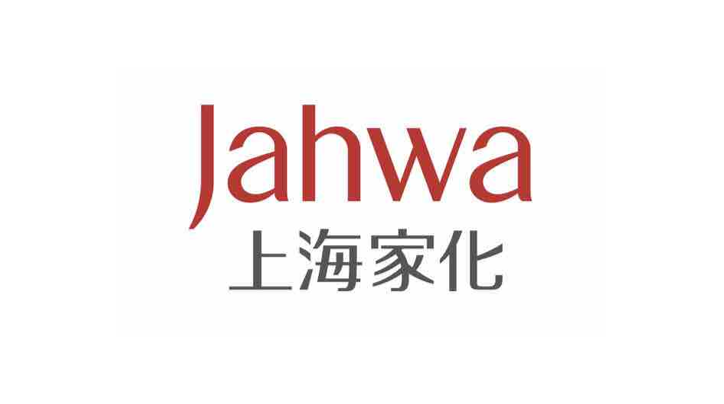In the wave of the Internet of Things "Internet of Everything", RFID is used in various industries such as food, daily chemicals, logistics, medical care, and industrial manufacturing as a carrier to open up the physical world and the digital world.
01
Introduction to RFID
"Talking electronic tags"
RFID(Radio Frequency Identification)
That is, radio frequency identification technology, through non-contact data communication between the reader and the label, can achieve fast and batch identification of items.
The core logic of "Internet of Everything"
In short, RFID works by storing data→ readers reading it→ software analyzing it
RFID tags: Often referred to as electronic tags, they are the hardware body that forms the RFID system along with the reader. This tag can be attached to goods, packages, and devices to store key information such as the item's number, specifications, and origin
Reader and writer: Responsible for "wake-up" tags, reading and writing electronic tag information
Software system: analyze and integrate the data collected by the reader and writer, and finally present visual information, such as inventory information during warehouse management and logistics trajectory in the express delivery system
Five advantages of RFID technology
02
Case analysis
Overview of the corporate background
As a well-known national catering giant, the company has been committed to providing consumers with diversified food and beverages for many years. However, in the context of increasingly fierce competition in the industry, how to achieve refined operations, reduce costs, and improve efficiency has become a key issue for the sustainable development of enterprises.
After careful research, the company chose to introduce RFID solutions to build an Internet of Things smart factory.
Project Challenges
Data collection fragmentation and quality need to be improved
In traditional warehousing operations, material identification and tracking rely on manual or single perception technology, resulting in incomplete data collection and low accuracy, which cannot meet the strict requirements of digital intelligence factories for high-quality data.
The intelligence of the operation process needs to be improved
The lack of real-time automatic verification and error prevention mechanisms in business processes restricts the improvement of production efficiency and operational flexibility.
System linkage and data integration bottlenecks
The data islands between existing equipment and information systems are obvious, making it difficult to achieve multi-level data edge processing, real-time feedback, and intelligent early warning, which affects the collaborative optimization of the overall production and supply chain.
Change management and digital talent training
In the face of complex digital transformation, on-site operators are slow to adapt to new technologies, and the management process and culture have not yet fully transformed to digital intelligence, which affects the transformation of digital achievements.
Project Application and Innovation
Raw materials are associated with a single frame of materials
The back end of each production line is equipped with a QR code reader to collect QR code data, and an RFID reader and collection antenna are also configured.
Semi-finished products are designated and physical support
The workshop realizes the association of RFID basket number ID with QR code, the forklift sends the box to the RFID fixed binding area, the RFID antenna collects and assembles the RFID of all baskets, and the collected data is uploaded to the control system of the intermediate server, and the system verifies the data.
Forklift real-time data collection
RFID readers and antennas are installed on forklifts for real-time data acquisition.
Passage door material statistics
After the staff feeds and sorts, they put it into the trolley, which passes through the RFID channel door, and after identification, it is classified and enters the corresponding area to feed, and the box code will be read in the channel door again, and the relevant data will be uploaded to the system.
Precise error-proof control of feeding
Through the multi-point layout of high-precision IoT sensing technology RFID solutions in finished product workshops, channel doors, and warehouses, multi-dimensional data collection greatly improves the accuracy of feeding.
WCS edge intelligent system application
It supports large-scale scanning and collection, equipment management, real-time monitoring, dynamic configuration, full-link traceability history, RFID+WCS, and full-process digital closed-loop, improving data quality and operation accuracy, and enhancing intelligent decision-making capabilities.
Project application value
Break through traditional bottlenecks
Build efficient, flexible and safe
The basic environment for the operation of the digital intelligence factory
The project focuses on the four core dimensions of data-driven, IoT perception, intelligent decision-making and collaborative operation, and realizes a closed loop of Internet of Things perception, data analysis and intelligent decision-making by deeply embedding RFID technology into the overall architecture of the digital intelligence factory. It not only improves operational efficiency and quality control, but also lays a solid foundation for the subsequent introduction of more AI and automation technologies
As one of the core technologies of the Internet of Things, RFID technology is helping traditional enterprises break down information islands, realize the visualization, traceability and optimization of the whole process of digital factory supply chain, and finally achieve the dual goals of cost reduction and efficiency increase and business innovation.
03
About us
Founded in 2001, Linkwin is the world's leading digital connectivity and digital identification solution company, we drive enterprises to achieve quantifiable automation upgrades, digital transformation and intelligent transformation through the intelligent integration of the physical world and the digital world, and continue to create breakthrough business value.
Linkwin's main product matrix includes digital ID, RFID, industrial AI vision, and intelligent decision-making platforms, and our solutions cover more than 30 application scenarios from full-link traceability, intelligent manufacturing digital infrastructure to consumer value chain connectivity, which can directly help customers reduce costs, improve efficiency, streamline operations, and exceed rising consumer expectations.
Linkwin has long served more than 300 core customers around the world, deeply empowering more than 40 Fortune 500 companies, and the project deployment covers 60 countries and regions around the world.
Learn more at: www.linkwin.com

















